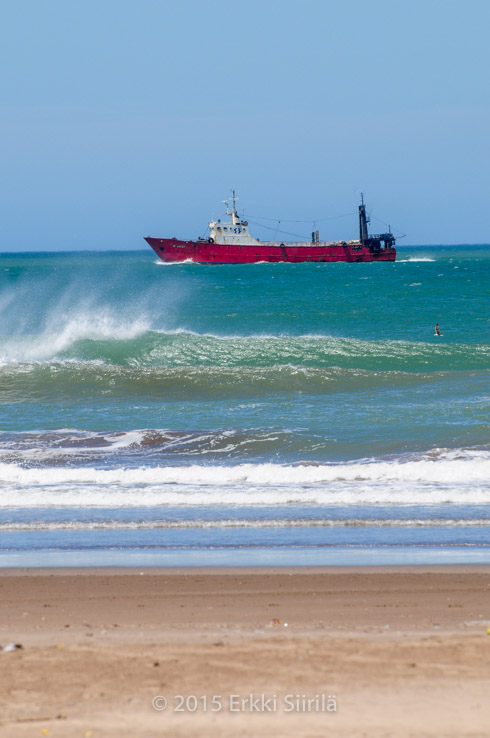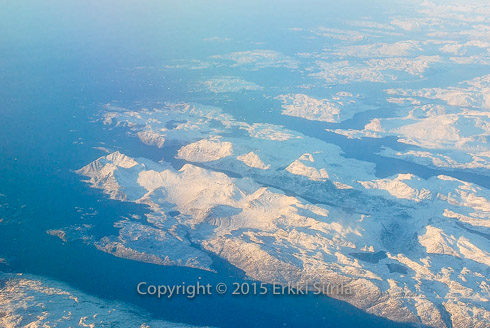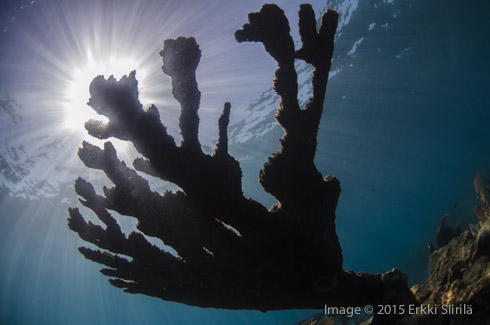According to the National Oceanic and Atmospheric Administration (NOAA) of the U.S., the longest coral bleaching ever is occurring in the tropical seas. The on-going, especially strong El Niño is prolonging the event, which started in 2014 and which is likely to lead to a wide-spread die-off of reef corals around the world. The scientists of NOAA expect the bleaching to continue in 2016 and 2017. So far, the Caribbean, Indian Ocean and Pacific Ocean have been affected.
The current bleaching is a serious environmental accident not only for all of us fascinated by the oceans, but especially for those 500 million people whose survival depends on the reefs. Fish species important for human consumption live in the coral communities. In addition to provision of food, the reefs also protect the islands and coastal areas from erosion and other damage caused by powerful waves.

Partly bleached coral colony in Saint Lucia. Copyright (c) 2016 Erkki Siirila.
Coral reefs are also key habitats for marine biodiversity and, related to that, increasingly important for underwater tourism. NOAA estimates the positive annual contribution of coral reefs to world economies to be about 30,000 million US dollars.
When corals get stressed by elevated seawater temperatures, they expel their zooxanthellae, the microscopic algae living in their tissues. As the pigment is in the algae, the corals lose their typical color. Bleaching is a serious occurrence, because without their symbiotic zooxanthellae the corals are starving as the microscopic algae are a significant food source. The bleached corals also become attacked by diseases more easily than before.
In case the average water temperature continues at levels higher than normal for several days, the corals can not recover their symbiotic algae and may die. When the colonies die, erosion starts eating reef structures away. A high percentage of the coral area may be lost for ever if a new bleaching hits the reef within a few years, i.e. when there has been too little time for recovery. As in many cases there are also other environmental stress factors (overfishing, sediment runoff, etc.) present, in today’s world, complete recovery is often impossible.
The first serious global bleaching in history occurred in 1998. The second one occurred in 2010. Like in the current third one, the El Niño / La Niña phenomenon is seen as the main underlying course (via elevated mean sea water temperatures). Global climate change is considered as a significative contributing factor behind the exceptionally strong El Niño and La Niña weather changes.










